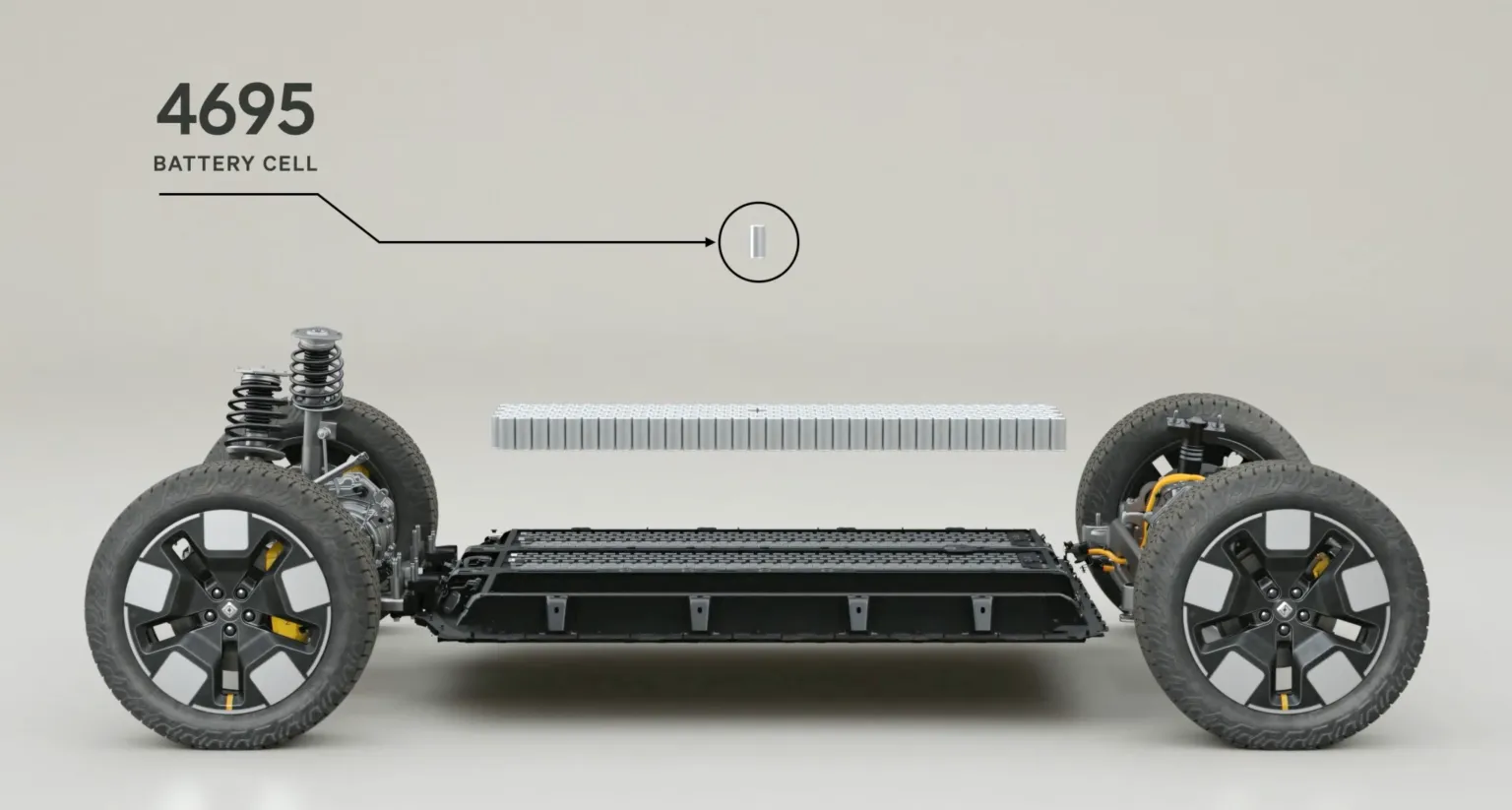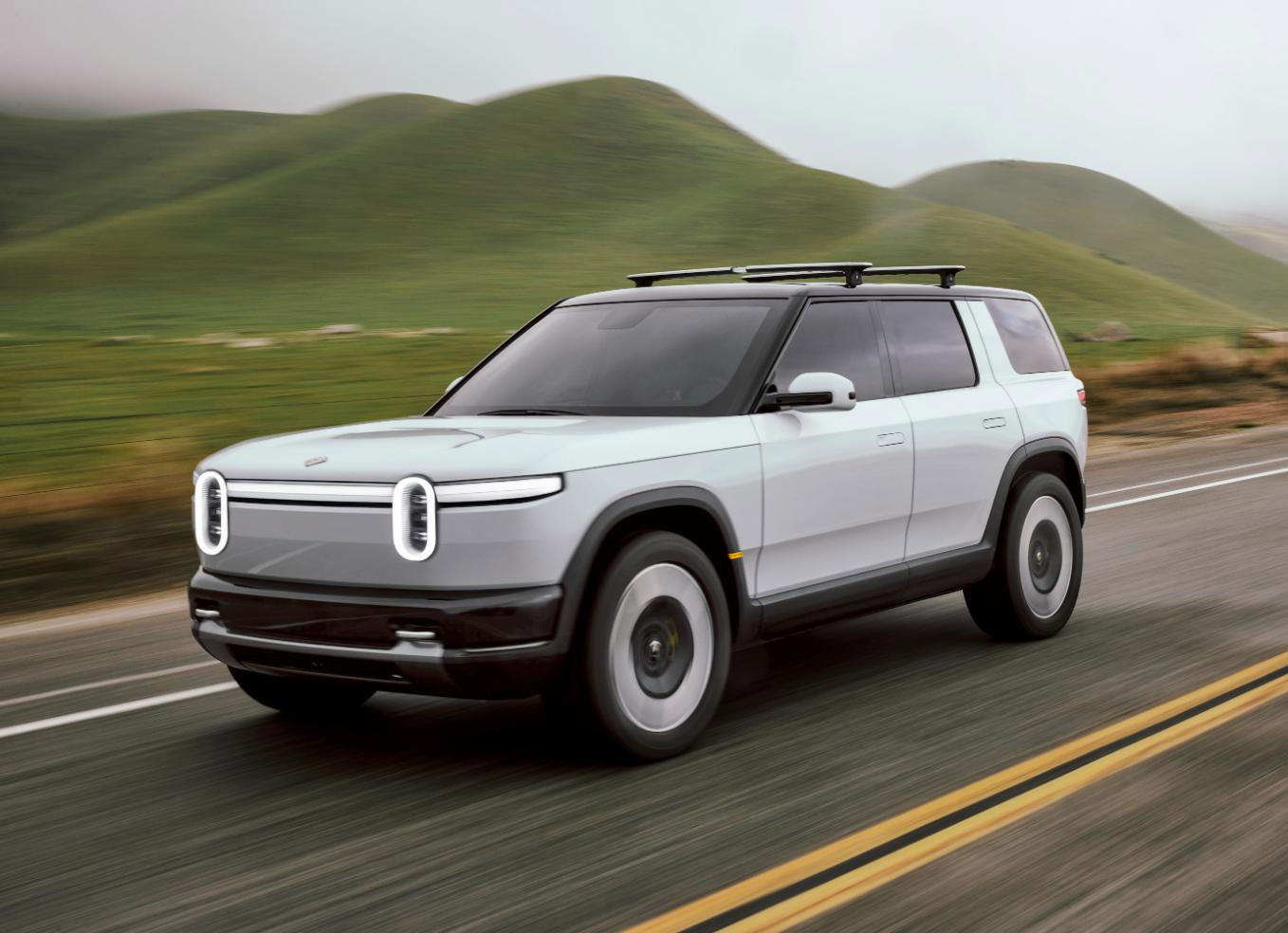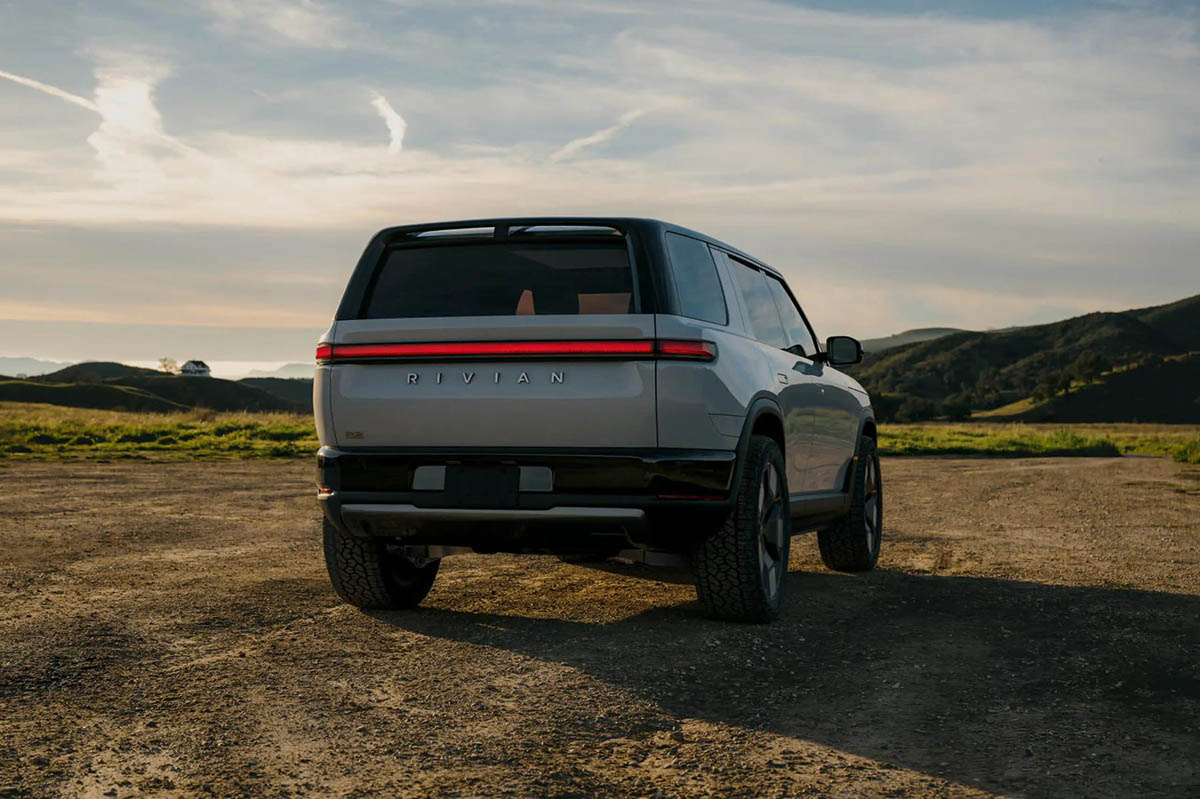Rivian surprised the automotive world by unveiling its highly anticipated R2 SUV with a starting price of just $45,000. In addition to the R2, the company also introduced another vehicle, the R3, and showcased a new battery cell, the 4695, which will power both cars. The 4695 cell gets its name from its diameter of 46 millimeters and height of 95 millimeters, making it considerably larger than Tesla’s 4680 cells.
While Rivian has yet to release detailed specifications for the 4695 cell, its larger size suggests it will hold more energy than Tesla’s cells. Larger cells also typically allow for faster charging and discharging rates, which could result in the R2 offering faster charging times and more peak power. The car’s regenerative braking system may also benefit from the use of larger cells, potentially offering efficiency gains.
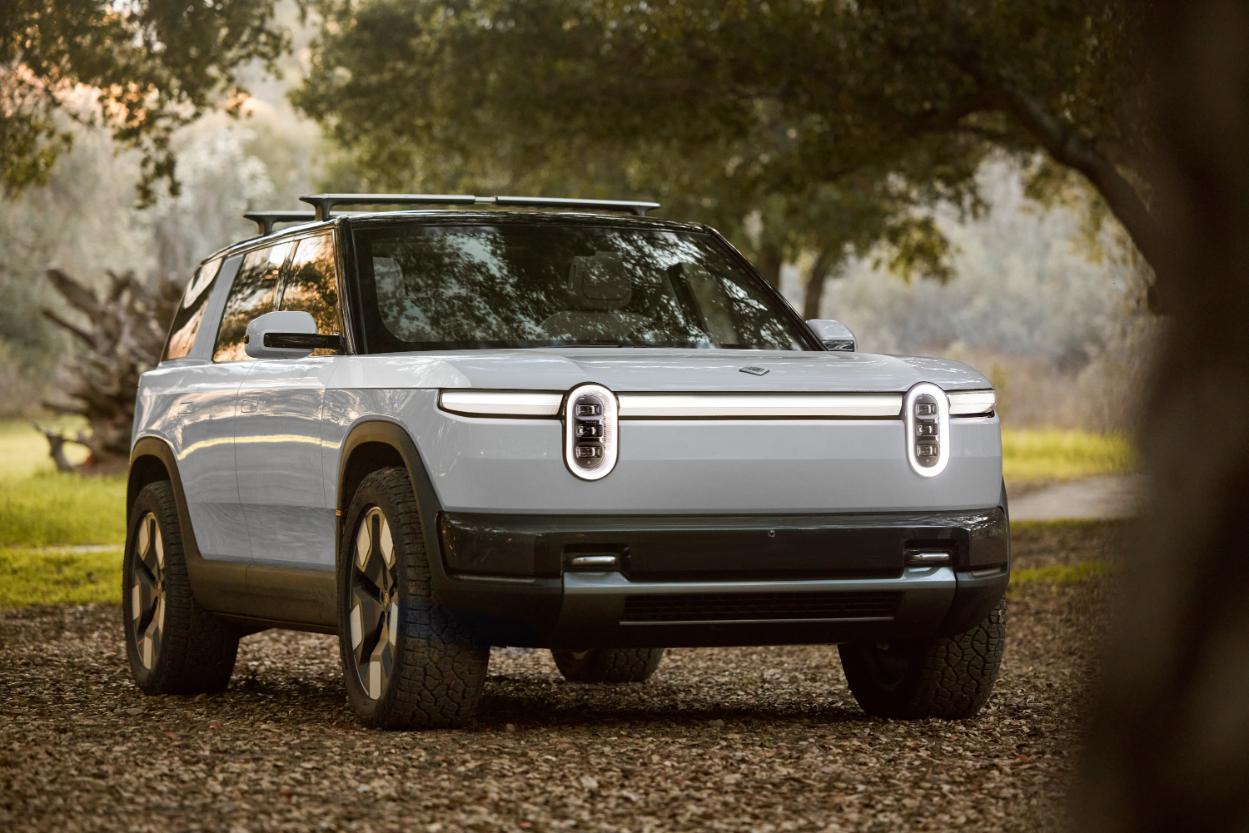
Rivian is not the only automaker exploring the use of the 4695 cell. BMW recently revealed samples of a 4695 cell it plans to use in its Neue Klasse of EVs starting in 2025. Several battery manufacturers, including Samsung SDI, Panasonic, and LG, are also producing cells in this form factor.
While specific details about the 4695 cell’s specifications are not yet available, images from Rivian’s reveal event suggest that the R2’s battery pack will consist of three large modules, each containing 272 cells. If these cells are wired in series, the module voltage would be 979.2V, indicating a 1000V architecture rather than the speculated 800V.
See also: Rivian R2 Accessories: Enhanced Kitchen, Tent, Bike Rack, and More Unveiled
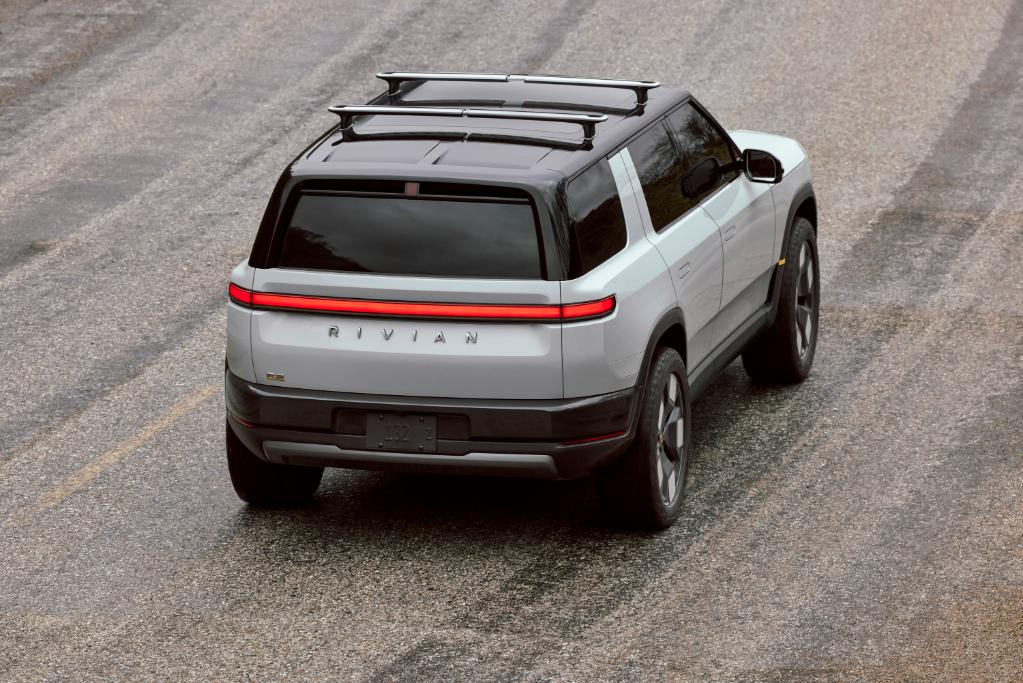
The total capacity of the pack and its performance capabilities will depend on the individual cell ratings, but the 4695 cells are capable of high discharge rates, potentially enabling power outputs as high as 900kW, or around 1,200 horsepower. Rivian’s 4695 cells are likely designed for capacity rather than high discharge rates, but they still promise performance on par with or greater than Tesla’s Model Y.

